Buenos Aires - What to See and Do For a Memorable Trip
2025/11/21
Years of Culture
false
2025/11/21

Buenos Aires is famous for its vibrant neighbourhoods, passionate football culture, political history, thriving art world and of course, tango. It is often dubbed the "Paris of Latin America" due to its European-inspired architecture and cosmopolitan feel. Tango music and dance are central to the city’s identity, alongside delicious asado (Argentinian barbecue), and a lively café culture.
The city is renowned around the world for its creative landscape, from theatres and museums to bold street murals. Buenos Aires also has an impressive literary scene, being the birthplace of authors like Jorge Luis Borges, and is home to hundreds of independent bookstores.

Buenos Aires is not only the largest city in Argentina but also its capital, serving as the country’s political, economic, and cultural centre. It hosts the seat of the national government, major multinational corporations, universities, and embassies.
Buenos Aires is located in the eastern part of Argentina, on the shore of the Rio de la Plata estuary. Its strategic position makes it a gateway to the Atlantic Ocean and a hub for South American travel. This coastal setting also contributes to the city’s gentle maritime climate. As of 2025, the population of greater metropolitan Buenos Aires is thought to be 15 million, with the city centre home to around 3 million residents, making it one of the largest cities in Latin America.
Buenos Aires is a city filled with iconic sites, each offering a glimpse into the country’s history, culture, and artistic legacy.
Plaza de Mayo is the historic and political heart of Buenos Aires. It is surrounded on all sides by prominent buildings such as the Casa Rosada (the country’s presidential palace), the Metropolitan Cathedral, and the Cabildo.
This square has witnessed some of the most significant events in Argentinian history, including the May Revolution of 1810 which was the first step towards Argentinian Independence. The square was also the site of the marches of Las Madres de Plaza de Mayo, a movement for social change demanding justice for the victims of the military dictatorship. Visit in the early morning or evening for the most peaceful atmosphere.
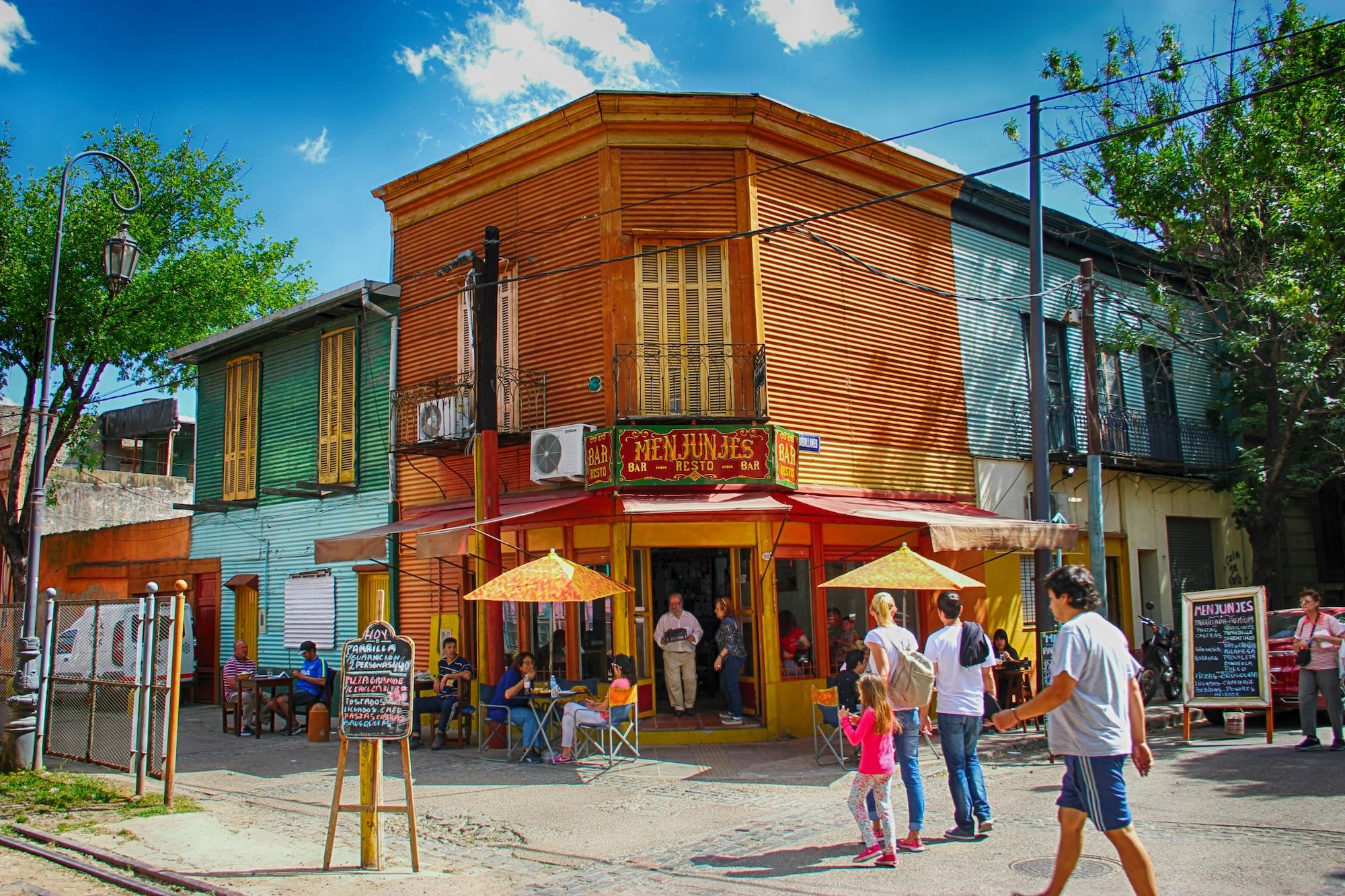
Located in the La Boca neighbourhood, Caminito is an open-air museum bursting with bright colours, street artists, tango performers, and artisan shops. It offers an immersive snapshot of Buenos Aires' creative spirit and immigrant heritage. The street itself was named after a famous tango by Juan de Dios Filiberto, and its multicoloured houses were originally painted with leftover shipyard paint.
This world-famous necropolis is one of Buenos Aires’ most visited sites. Visitors often come to see the resting place of Eva Perón, as well as other notable figures from Argentinian history.
Recoleta Cemetery is surrounded by parks and cafes, making it a peaceful yet thought-provoking place to spend time. The layout resembles a miniature city, with marble mausoleums, Gothic crypts, and statues by prominent sculptors. Consider joining a guided tour to uncover the stories behind the families interred here.
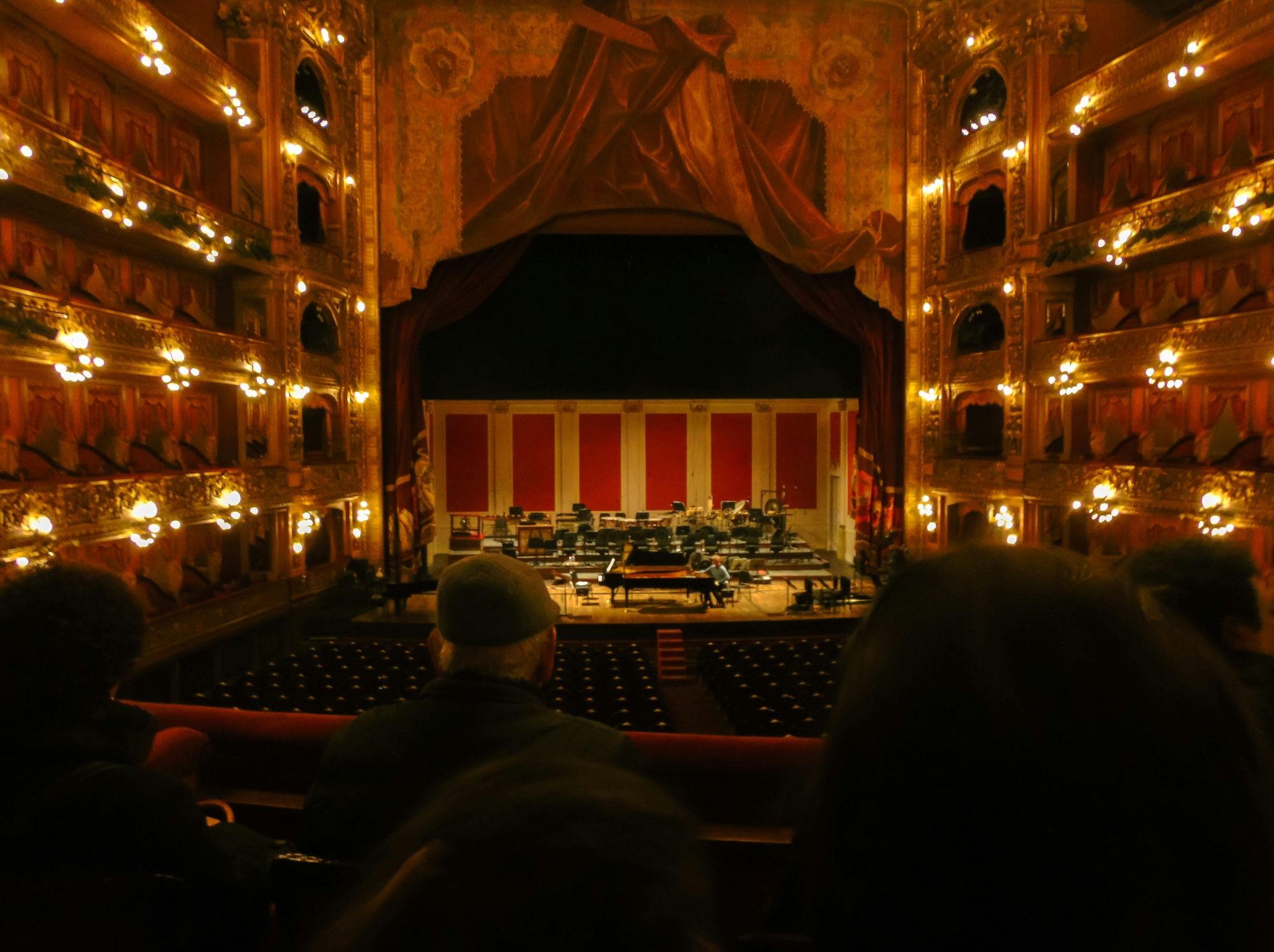
The Teatro Colón is one of the world’s most celebrated opera houses. First opened in 1908, the theatre is renowned for its excellent sound quality and opulent architecture, and offers world-class performances in ballet, opera, and classical music.
Book a guided tour to admire its lavish interior or attend one of the many performances showcasing local and international talent. The theatre’s design reflects a combination of Italian, French, and German influences, and it has been consistently praised for its unparalleled acoustics, drawing performers from around the globe.
As part of the Qatar, Argentina and Chile 2025 Year of Culture, the Qatar Philharmonic Orchestra (QPO) made its debut in Argentina at Teatro Colón in September 2025. The performance was attended by the Years of Culture Influencer Ambassadors and marked QPO’s first South American tour.
Each of Buenos Aires’ diverse neighbourhoods boasts a distinct personality and a different set of experiences.
Palermo is the city’s largest district, filled with leafy parks and gardens, boutiques, and lively bars. Palermo Soho and Palermo Hollywood are hubs for shopping, street art, and nightlife.
Don't miss a stroll through the Buenos Aires Botanical Garden or a bike ride through the Bosques de Palermo. On weekends, join locals relaxing around the lakes or shopping at artisan fairs in Plaza Serrano.

Recoleta blends European-style architecture with a rich cultural scene. Beyond the cemetery, the neighbourhood is home to some of the city’s leading cultural institutions, galleries, and antique fairs. Its tree-lined avenues and elegant buildings create a serene and picturesque atmosphere.
The Centro Cultural Recoleta hosts rotating exhibitions, workshops, and music events. Recoleta is also home to the Museo Nacional de Bellas Artes, which showcases works from European masters alongside Argentinian artists, making it a must-visit district for art lovers in Buenos Aires.

Another unmissable spot is El Ateneo Grand Splendid, a former theatre turned into one of the world's most beautiful bookshops.
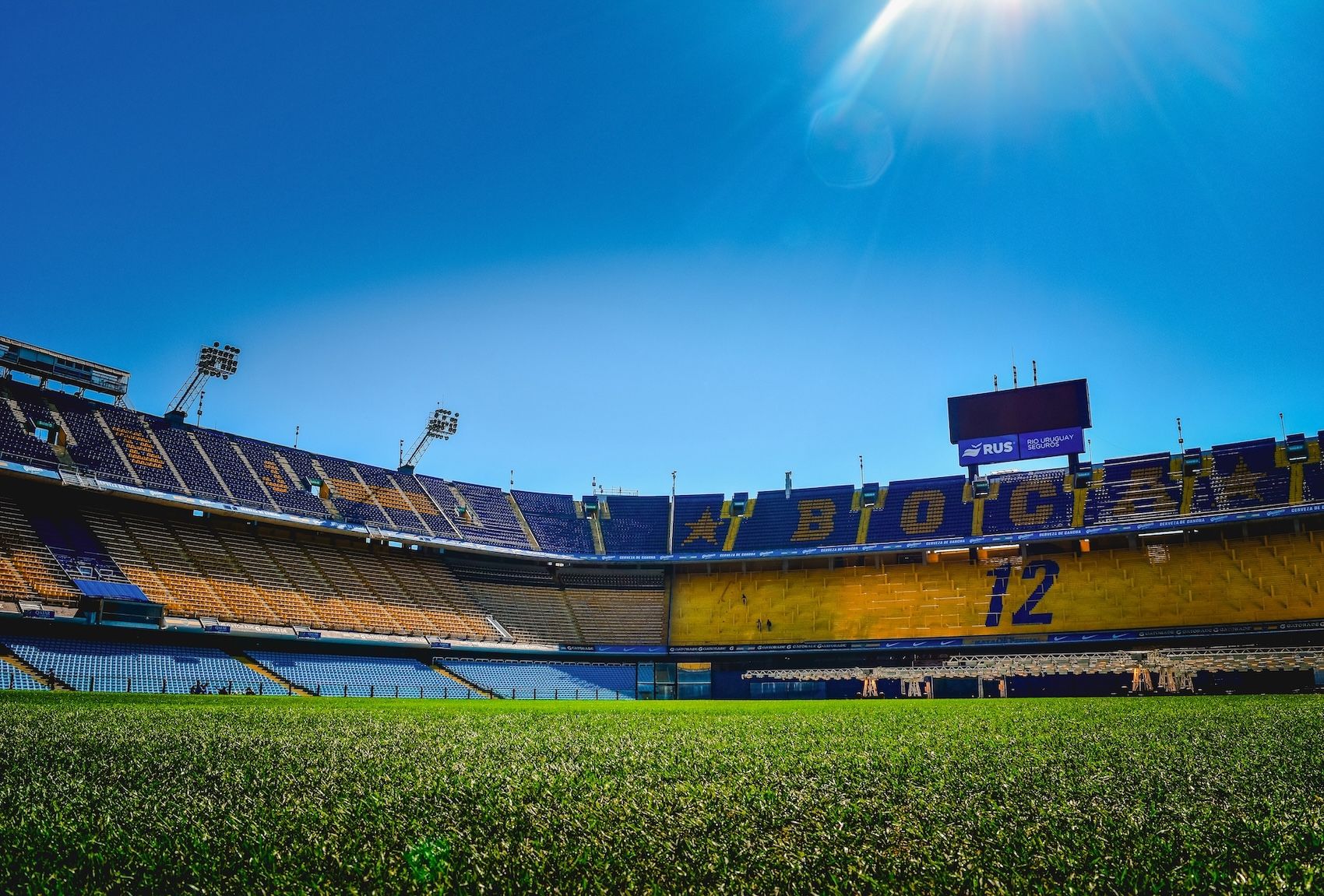
La Boca is renowned for its vivid, multi-coloured buildings and bustling streets alive with street performers and tango dancers. Beyond the Caminito and local galleries, visitors can explore La Bombonera stadium, home of Boca Juniors, and experience a game or tour steeped in football folklore. Guided tours provide historical insights into the Italian immigrant roots of the neighbourhood and its transformation into an artistic hub.
Once a neglected dockland, in recent years Puerto Madero has been transformed into a sleek waterfront area with upscale restaurants, luxury apartments, and contemporary art installations. Ideal for fine dining and scenic waterfront walks, the district also hosts events and open-air exhibitions along the docks.
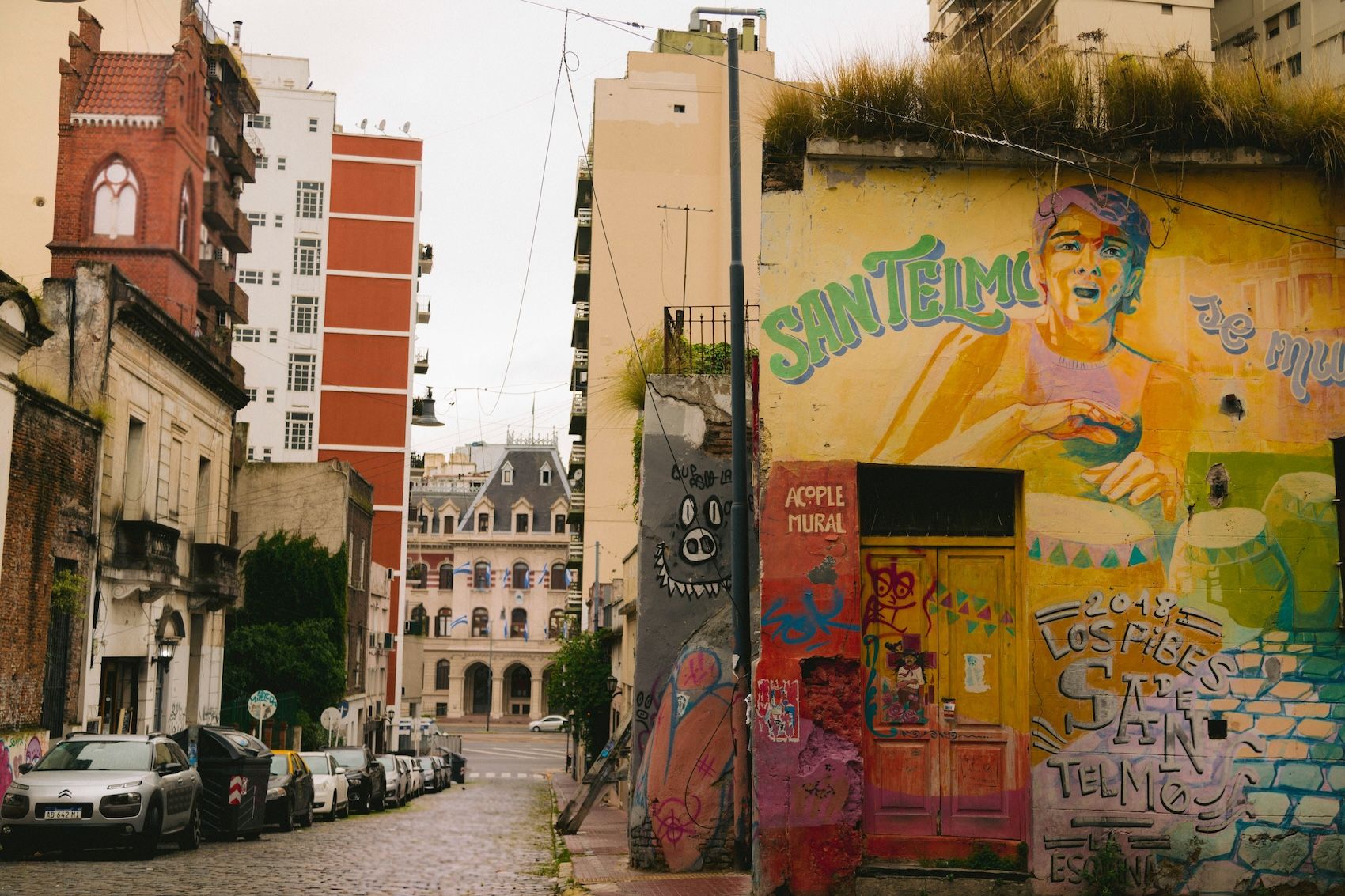
San Telmo is Buenos Aires’ oldest neighbourhood, or barrio, known for its charming cobblestone lanes, antique shops, and history as the birthplace of tango. The Feria de San Telmo (market), held on Sundays, is a haven for collectors and cultural enthusiasts, giving visitors a taste of the city’s bohemian soul. Don’t miss the San Telmo Market hall for fresh produce, local delicacies, and food stalls.
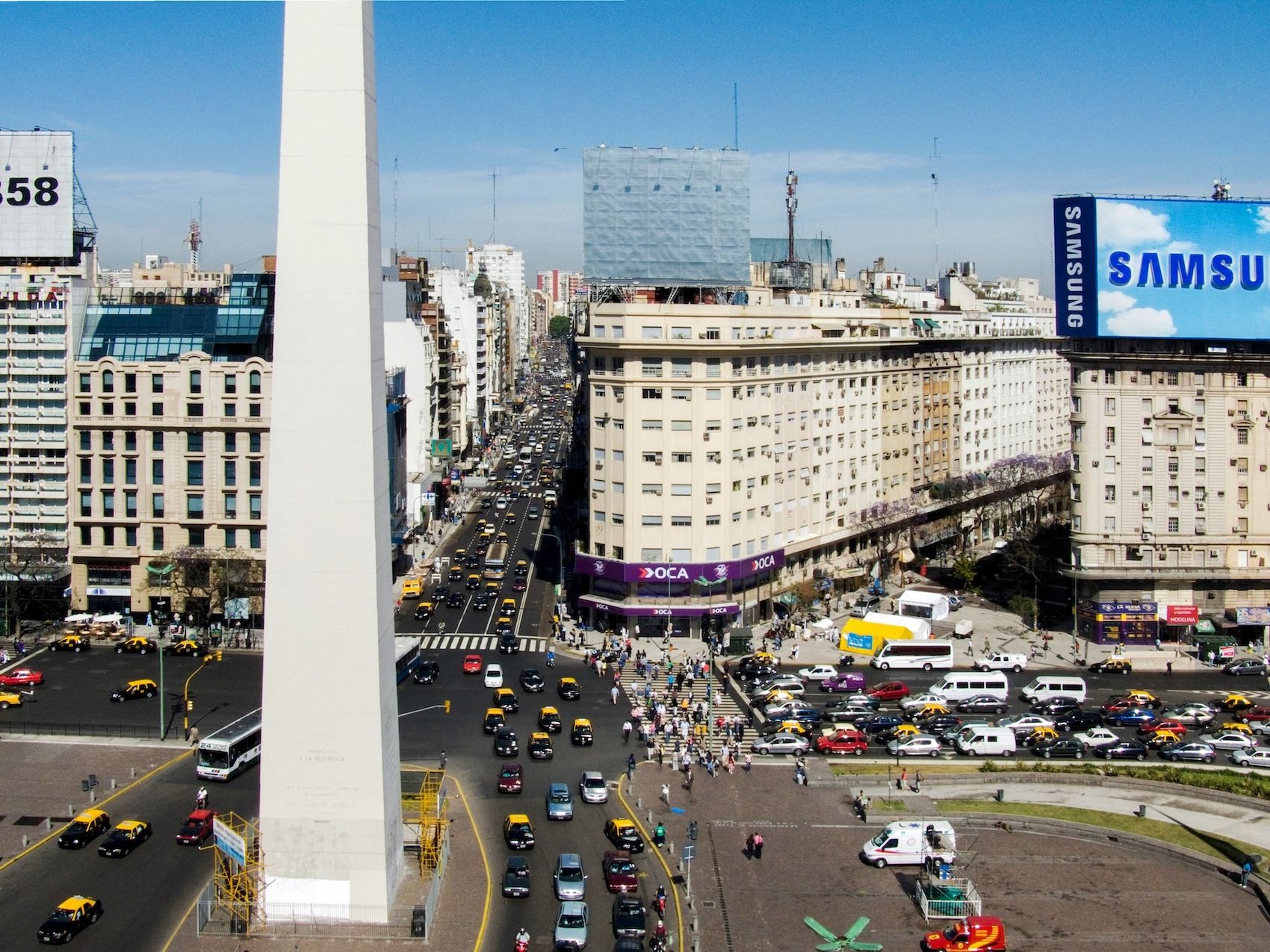
Home to a mix of financial institutions, colonial architecture and important landmarks set along bustling avenues, Microcentro is at the intersection of business and culture in Buenos Aires.
Key attractions include the instantly recognisable Obelisk, Avenida Corrientes for theatre shows, and Art Nouveau shopping centre, Galerías Pacífico. It's also a great place to enjoy traditional cafés. The area is especially atmospheric at night when the lights of theatres and old facades come to life.
As the capital city of Argentina, the gastronomic identity of Buenos Aires reflects Argentina’s diverse culinary influences. Experiencing the city’s food is undoubtedly one of the best ways to get to know Argentinian culture.
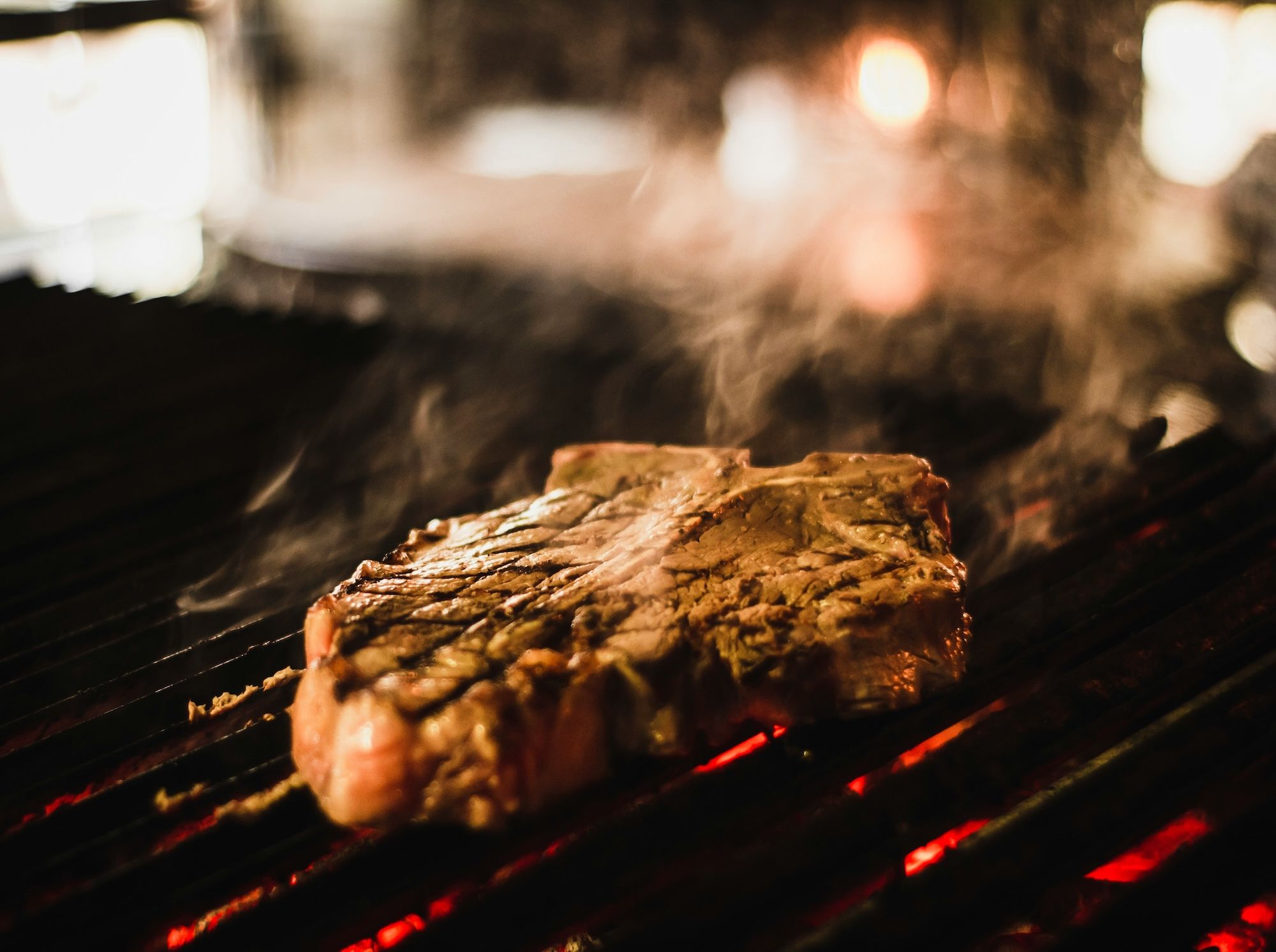
No visit to Buenos Aires is complete without indulging in asado. More than a meal, asado is a social ritual in Argentina. Popular parrillas (grill houses) like world-famous Don Julio, La Cabrera, and reliable local favourite El Pobre Luis serve high-quality cuts. Many families gather every Sunday to grill and share stories, and enjoying asado with locals is one of the most authentic and immersive Argentinian experiences.
Combine culture and cuisine with a tango dinner show. Historic venues like Café de los Angelitos and El Querandí offer live tango, gourmet meals, and a unique ambience. For a more casual vibe, head to traditional Argentinian bars known as bodegones. These taverns often serve generous portions of milanesa or pasta in a nostalgic setting.
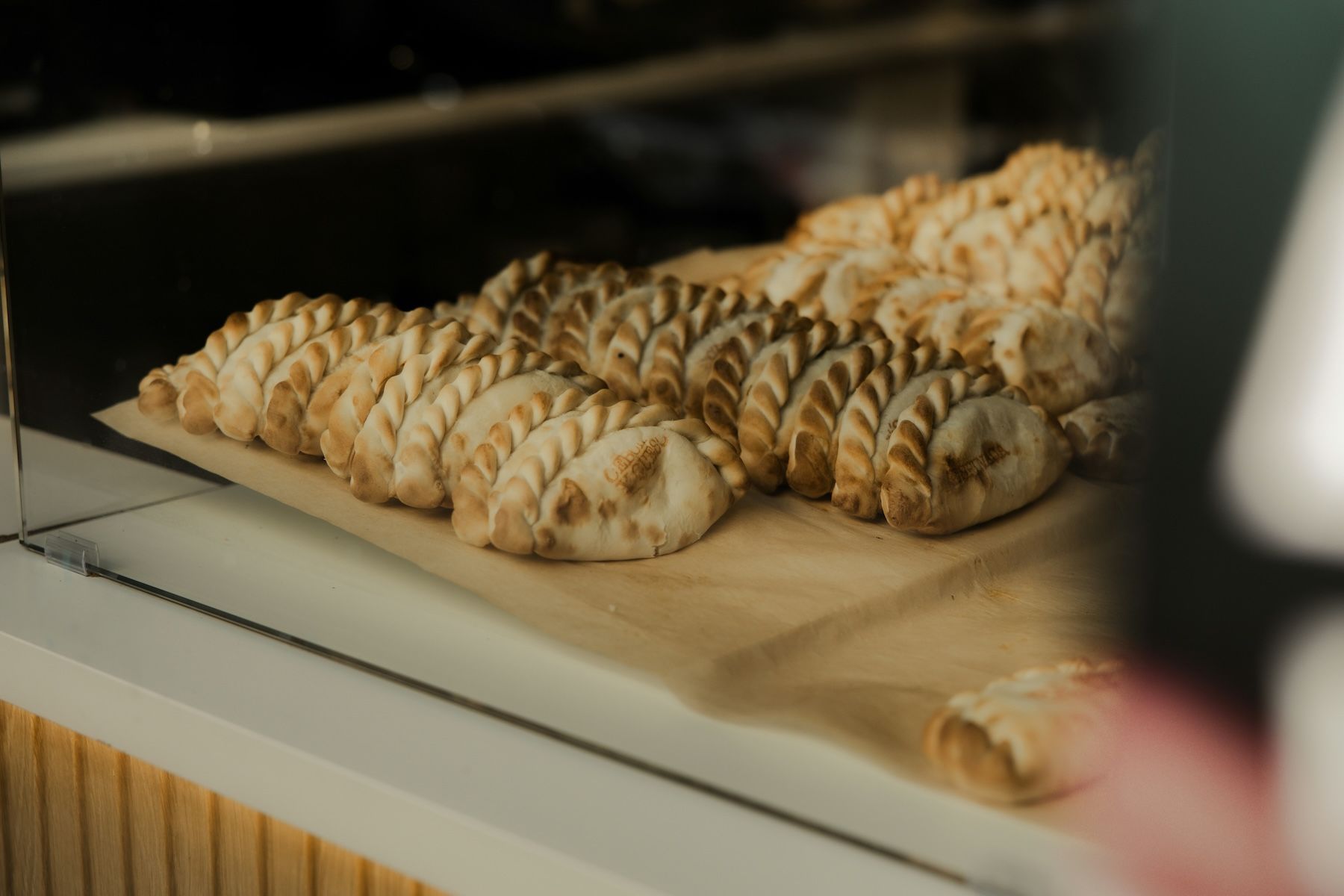
Empanadas are a staple snack, available with a variety of fillings, from beef to humita (corn). Street food sellers and small eateries make them accessible throughout Buenos Aires, offering an authentic taste of Argentinian cuisine.
The city’s streets are also lined with food trucks offering choripán (chorizo sandwich), milanesa, and more. In neighbourhoods like Constitución and Parque Centenario, local vendors serve regional specialties from across Argentina, such as Locro (a hearty stew), tamales, and sweet treats like churros with dulce de leche.
Buenos Aires is famous for its café culture. Cafés like Café Tortoni provide a glimpse into the city’s literary past, where intellectuals and writers gathered. Even contemporary cafés offer traditional pastries such as facturas, enjoyed with mate or artisanal coffee.
The city’s rich artistic legacy is visible in its museums, street art, and diverse architectural styles.
The Museo de Arte Latinoamericano de Buenos Aires (MALBA) is one of the city’s leading art institutions. It focuses on 20th and 21st century Latin American art, offering exhibitions that highlight the region’s cultural diversity.
Earlier this year, MALBA collaborated with the Years of Culture initiative for the LATINOAMERICANO exhibition at the National Museum of Qatar, showcasing contemporary Latin American art to international audiences in Doha.
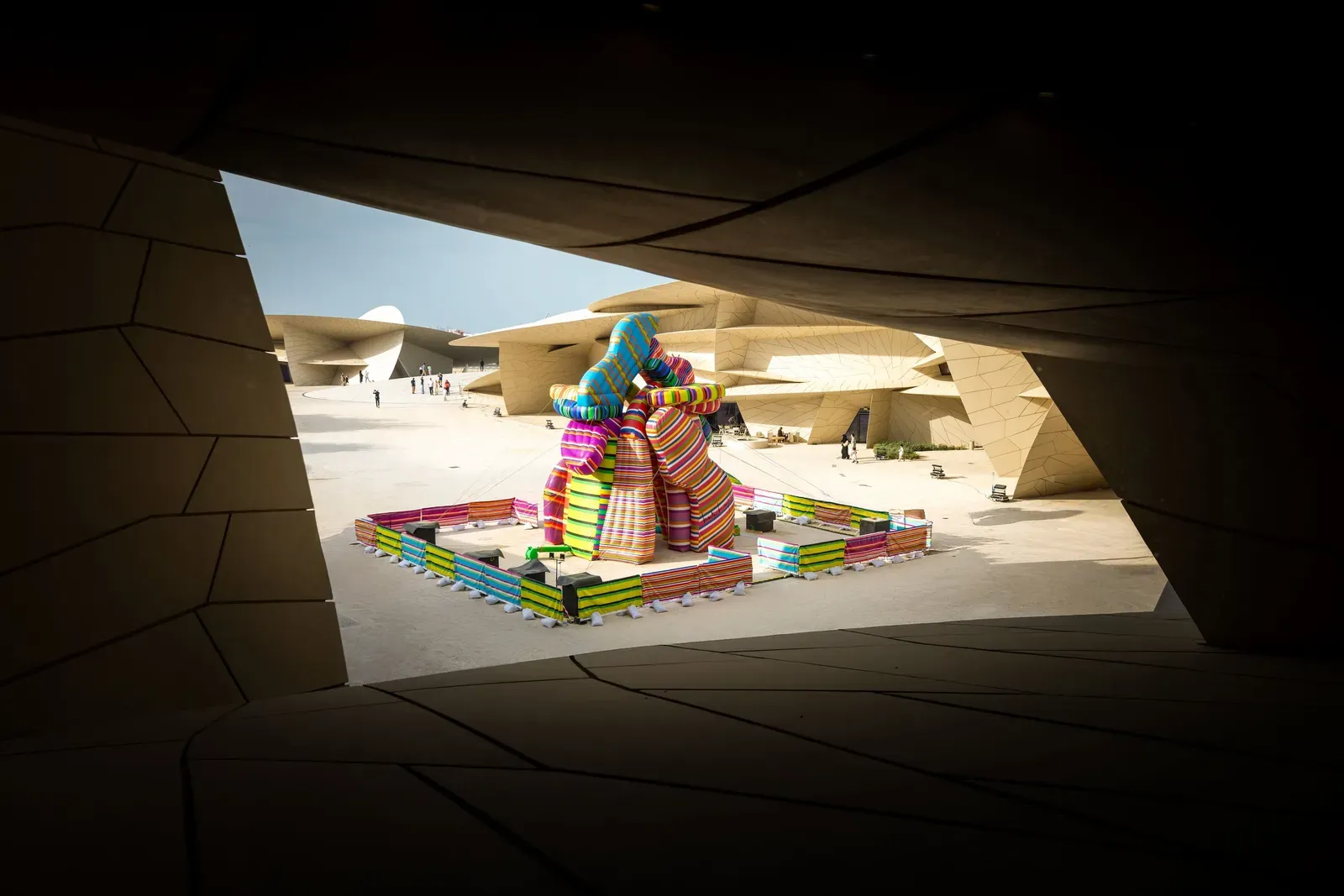
The Museo Nacional de Bellas Artes, also provides fascinating insights into Argentinian and Latin American art throughout different periods. El Zanjón de Granados is a restored 19th-century home uncovering layers of the city’s history.
Football fans will enjoy Museo River, dedicated to the iconic River Plate club. The Museo de Arte Moderno and Fundación PROA in La Boca are also must-sees for art enthusiasts. The nearby Usina del Arte also hosts regular concerts and exhibitions.
These institutions highlight both historical and modern cultural expressions, offering interactive programmes, workshops, and special exhibitions throughout the year.
Buenos Aires is a street art capital. Neighbourhoods like Colegiales, Palermo, and Villa Urquiza boast massive murals and vibrant street art. Notable murals explore political themes, historical figures, and Latin American mythology, making the city an outdoor gallery.
Artists like Martín Ron and Ever have turned city walls into creative stories of social commentary. The city's open-minded policies toward graffiti have allowed for an explosion of creative work.
There has also been growing synergy between Argentinian and Qatari street artists, fostering collaborative projects that merge local traditions with Qatari artistic perspectives. As part of the Qatar, Argentina and Chile 2025 Year of Culture, the JEDARIART initiative will bring public murals by Qatari artists to local neighbourhoods in Buenos Aires, following a similar collaboration in Doha in October 2025.
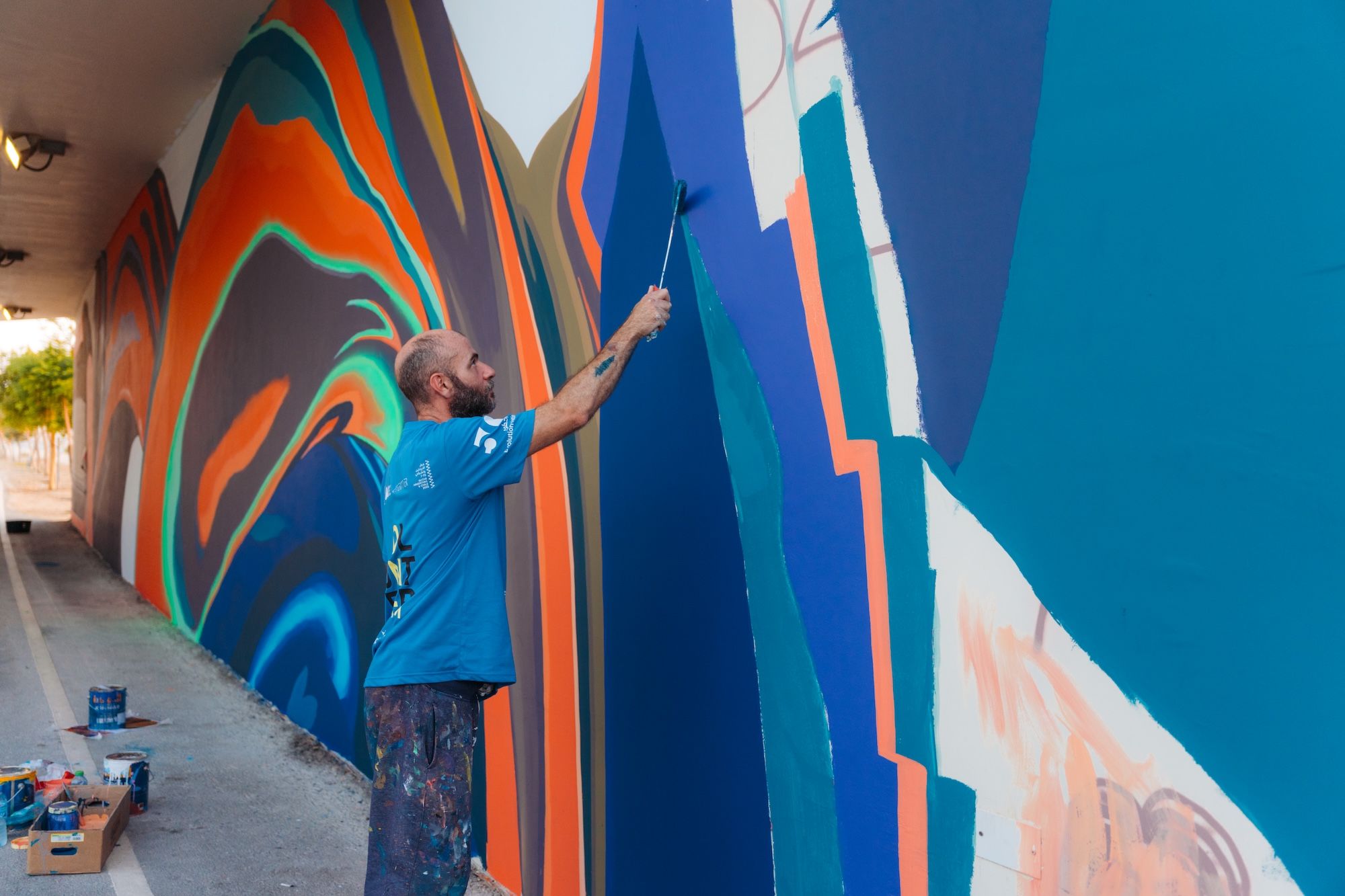
Argentinian artist Pablo Harymbat transformed the Qatar Olympic Cycling Track tunnels with murals celebrating Latin American indigenous cultures, alongside Chilean muralist Daniel Marceli. Earlier this year, Martín Ron also collaborated with Qatari artist Mubarak Al Malik in Doha, creating a mural honouring the moment that Argentina won the World Cup 2022.
The city’s architecture spans a wide range of styles from distinct periods of history. Examples include the Art Nouveau Galerías Pacífico shopping mall, Avenida de Mayo’s striking Art Deco buildings, the Brutalist Bank of London and South America buildings, and San Telmo’s colonial houses.

The Barolo Palace, inspired by Dante’s Divine Comedy, is another architectural gem, as well as the Palacio de Aguas Corrientes, a hidden jewel covered in multicoloured tiles. Architectural tours of Buenos Aires often highlight hidden details, such as ornate ironwork, frescoes, and sculptural facades, revealing the city’s diverse design heritage.
Buenos Aires is a sprawling metropolis, and knowing how to navigate it efficiently can greatly enhance your visit.
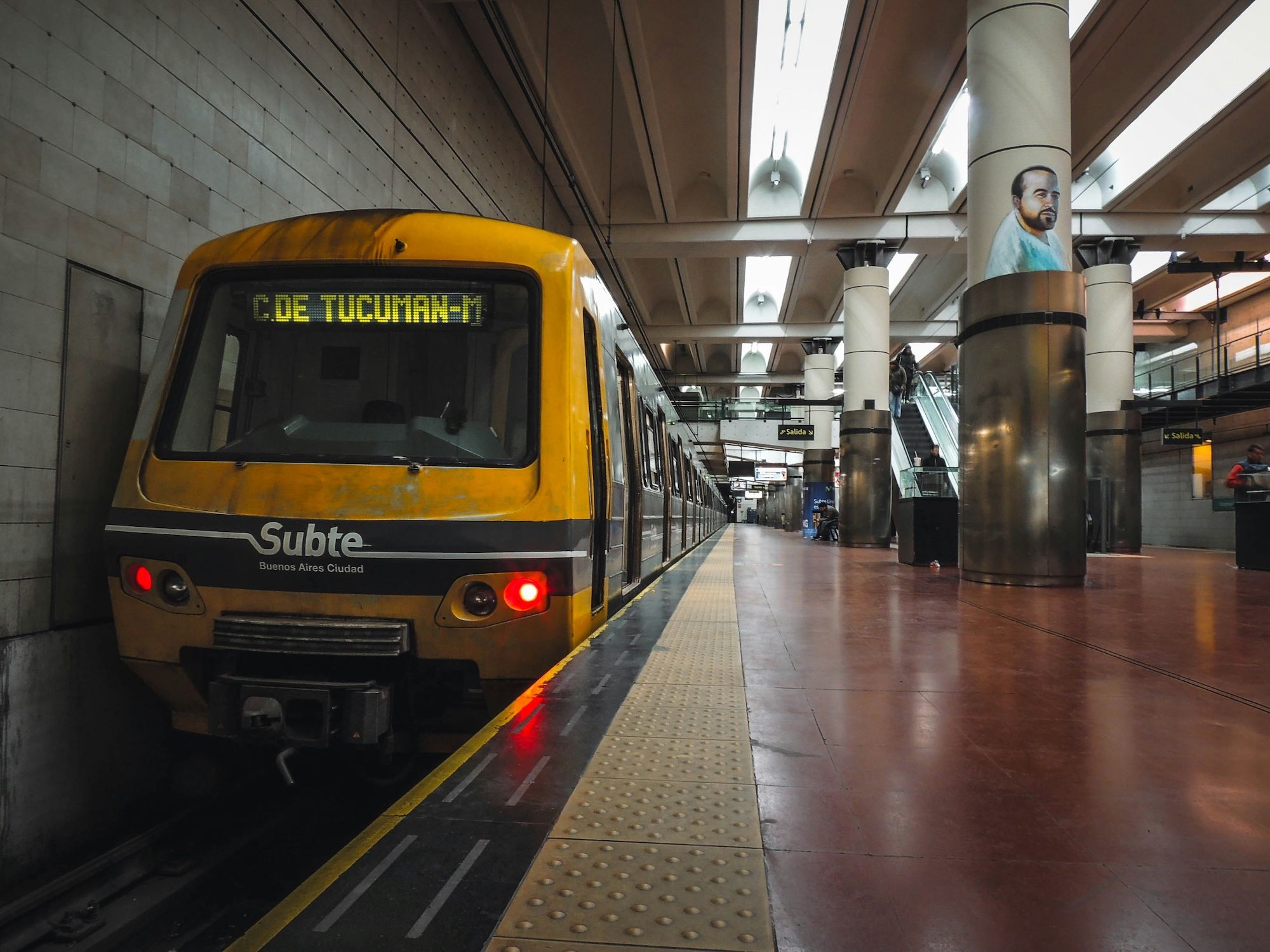
The Subte (Buenos Aires metro) is usually the quickest way to get around the city centre. With six main colour-coded lines, it connects major districts such as Microcentro, Palermo, and Caballito.
Local buses, known as colectivos, cover nearly every corner of the city and a commuter train network serves the suburbs and surrounding areas. The Premetro is a light rail or tram system that connects several southern neighbourhoods to the Subte Line E.
A rechargeable SUBE card can be used across all modes of public transport, making it convenient for both locals and tourists. As of October 2025, the basic fare is $1,112 (ARS) per trip (around 2.80 QAR and 0.75 USD) with a registered SUBE card, and $1,768.08 (ARS) (around 4.50 QAR and 1.20 USD) with an unregistered card. Fares decrease after 20, 30, and 40 trips in a month thanks to automatic discounts. The Premetro costs $389.20 (ARS) with a registered card and $618.83 (ARS) without registration.
Many Buenos Aires neighbourhoods, particularly Palermo, Recoleta, and San Telmo, are highly walkable. Wide pavements, tree-lined avenues, and pedestrian-friendly streets encourage strolling between cafés, shops, and landmarks. Cycling is also popular, with dedicated bike lanes and public bike-sharing schemes such as Ecobici, offering a healthy, sustainable and scenic way to explore the city.
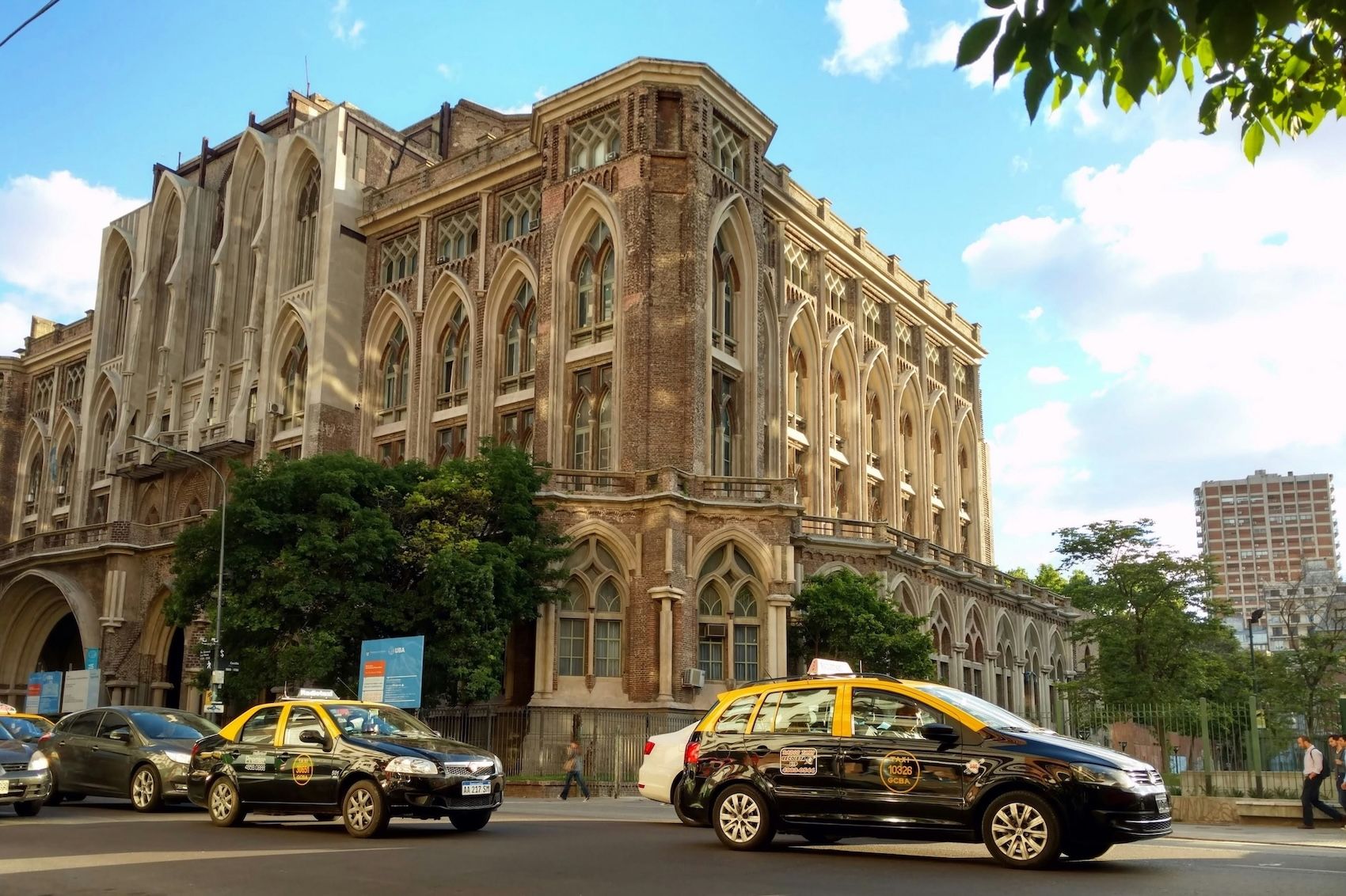
Official taxis and ride-sharing apps such as Uber and Cabify are also widely available in Buenos Aires. These services are especially convenient late at night or when travelling between districts that are less connected by public transport.
Buenos Aires is generally safe, especially in well-trodden neighbourhoods, but standard precautions are recommended:
Stay informed by checking local advisories. When in doubt, ask your hotel concierge or hosts for updated safety advice. By taking these simple measures, you can enjoy the city with peace of mind.
Buenos Aires enjoys a temperate climate, making it a year-round destination, with something to enjoy during every season.
From September to November, jacaranda trees bloom across the city. Parks like Plaza Holanda and Rosedal burst into colour, and the mild weather makes it perfect for outdoor dining and enjoying Spring festivals. At this time of year, many cafes and restaurants open their patios for al fresco dining.

June to August brings the city’s mild winter and off-peak season, meaning fewer crowds and lower prices. Enjoy cosy cafés, hot chocolate, and quiet strolls through historic neighbourhoods. Winter is also great for exploring the city’s cultural institutions at a slower pace, without the crowds.
Buenos Aires hosts festivals and fairs throughout the year, each offering a unique way to get to know the city’s dynamic culture. The Feria de Mataderos, taking place every Sunday year-round, celebrates Argentinian folklore and gaucho traditions, with crafts, traditional food, and lively performances.
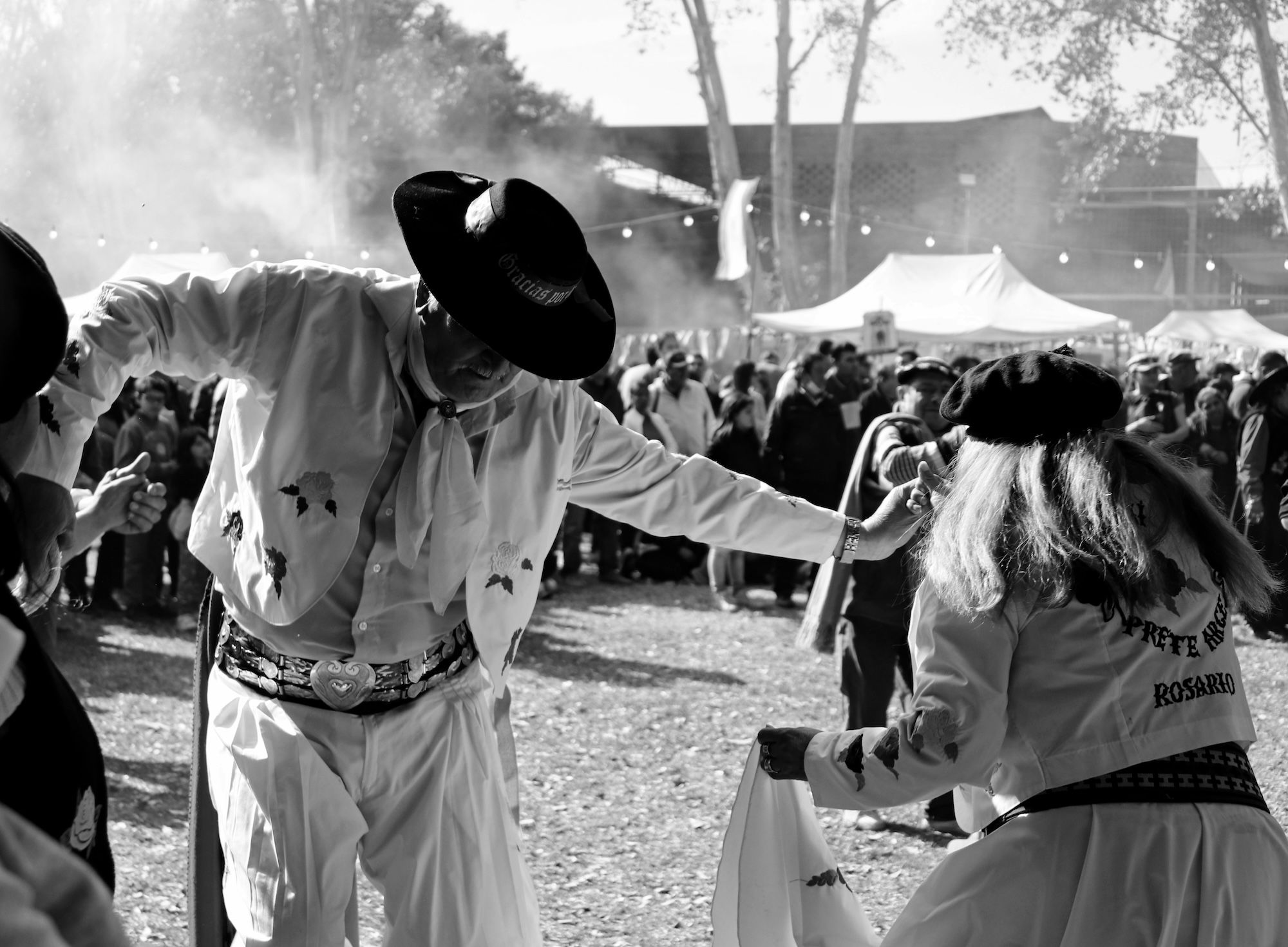
Carnaval Porteño, held in February or March, features colourful street parades, music, and dance. ArteBA, held in May, is a contemporary art fair showcasing galleries from Argentina and across Latin America. Dance enthusiasts can immerse themselves in the Buenos Aires Tango Festival every August, with performances, classes, and street shows highlighting the city’s iconic dance.
Music lovers can enjoy the Buenos Aires Jazz Festival in November, which attracts international jazz performers to stages across the city. Each festival brings its own atmosphere, whether street festivities, live music, dance, or visual arts, allowing visitors to connect with the diverse cultural life of Buenos Aires.
The Qatar, Argentina and Chile 2025 Year of Culture has brought a range of cultural exchanges to Buenos Aires. As well as the performance by the Qatar Philharmonic Orchestra at Teatro Colón earlier this year, the city hosted the Kalila Wa Dimna Art Exhibition at Biblioteca Ricardo Güiraldes. A town hall hosted by Doha Debates at Usina del Arte in September also fostered dialogue between Qatar, Argentina, and Chile.
Recently, the Years of Culture Influencer Ambassadors also got to explore the Argentinian capital as part of a wider 16-day cultural tour of Argentina and Chile, experiencing the city’s landmarks, gastronomy, and arts first-hand.

Buenos Aires offers a distinctive mix of history, art, gastronomy, and neighbourhood character, promising memorable experiences for both first-time and returning visitors. From its grand architecture and lively streets to its rich cultural and culinary traditions, the city rewards curiosity at every turn. With exhibitions, concerts, festivals, and community events throughout the year, there is always something new to discover and enjoy.
For more inspiration and to discover upcoming events in Qatar, explore Year of Culture’s programme and read articles about Argentinian culture in Qatar.